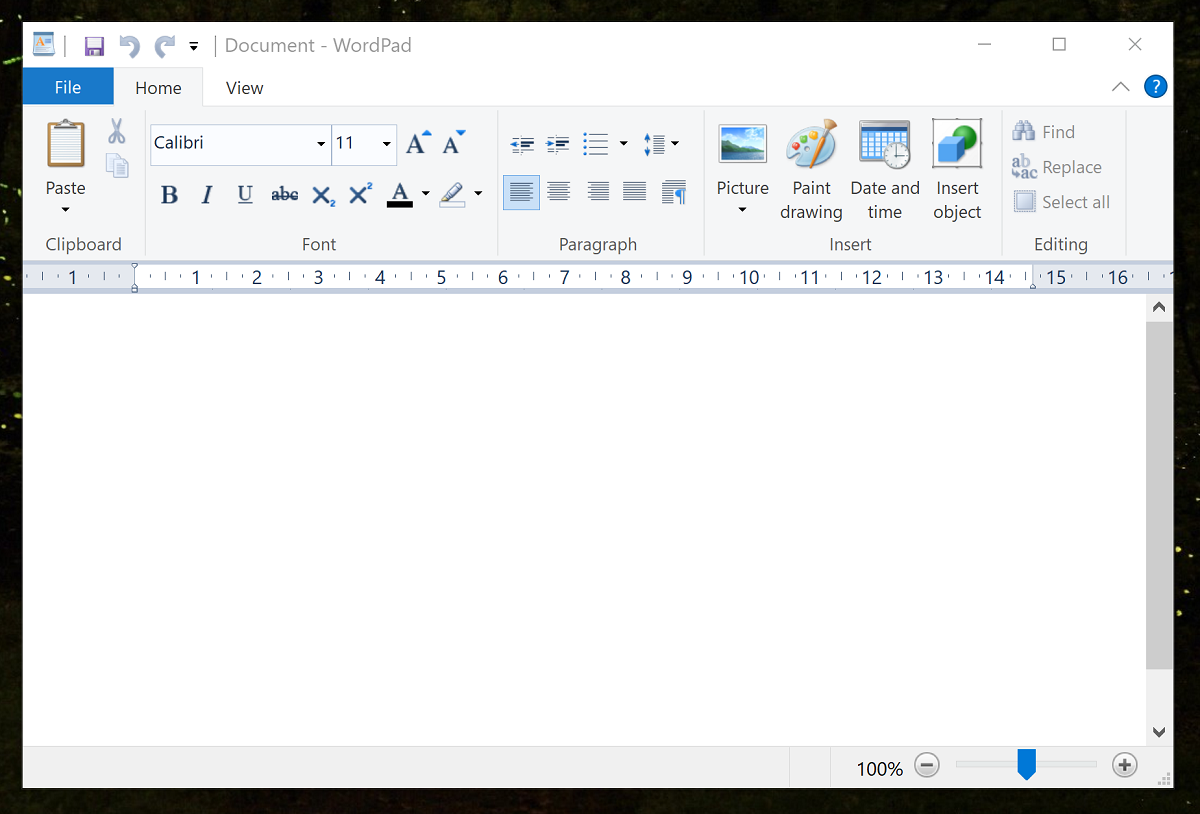

The program shortcut will move into the folder. Type the administrator password for the computer, which for a Cedarville office is the six-digit number under the barcode sticker on the computer (not the monitor).When a window says you will need administrator permission, click “Continue.” The User Account Control window opens.From your desktop, click and drag the shortcut you created in step 1 into the open folder.

Navigate to “Programs” > “Microsoft Office.”.From the pop-up menu, click “Open All Users.” A window opens.Right click “All Programs.” A pop-up menu appears.Step 2: Add desired Microsoft Office program shortcut to "All Programs" From the pop-up menu, click “Create shortcut.” A message window appears asking you if you want to place the shortcut on the desktop.The following are the specific file names for Microsoft Office programs: Find, but do not click, the desired file.Files are labeled NAME.EXE (where NAME is an abbreviation of the specific program). Navigate to “Program Files (x86)” > “Microsoft Office” > “Office16.” This folder has files for all of the Microsoft Office programs.Under “Hard Disk Drives” (in Windows 10, "Devices and drives"), click “OSDisk (C:).”.Navigate to Windows Start Menu > “Computer” (in Windows 10, click "File Explorer" > "This PC").Step 1: Create desired Microsoft Office program shortcut

Adding a Microsoft Office program shortcut back to this folder involves the following two main steps. A Microsoft Office program shortcut may sometimes be missing from the “Microsoft Office” folder of the Windows Start Menu's “All Programs” section.


 0 kommentar(er)
0 kommentar(er)
